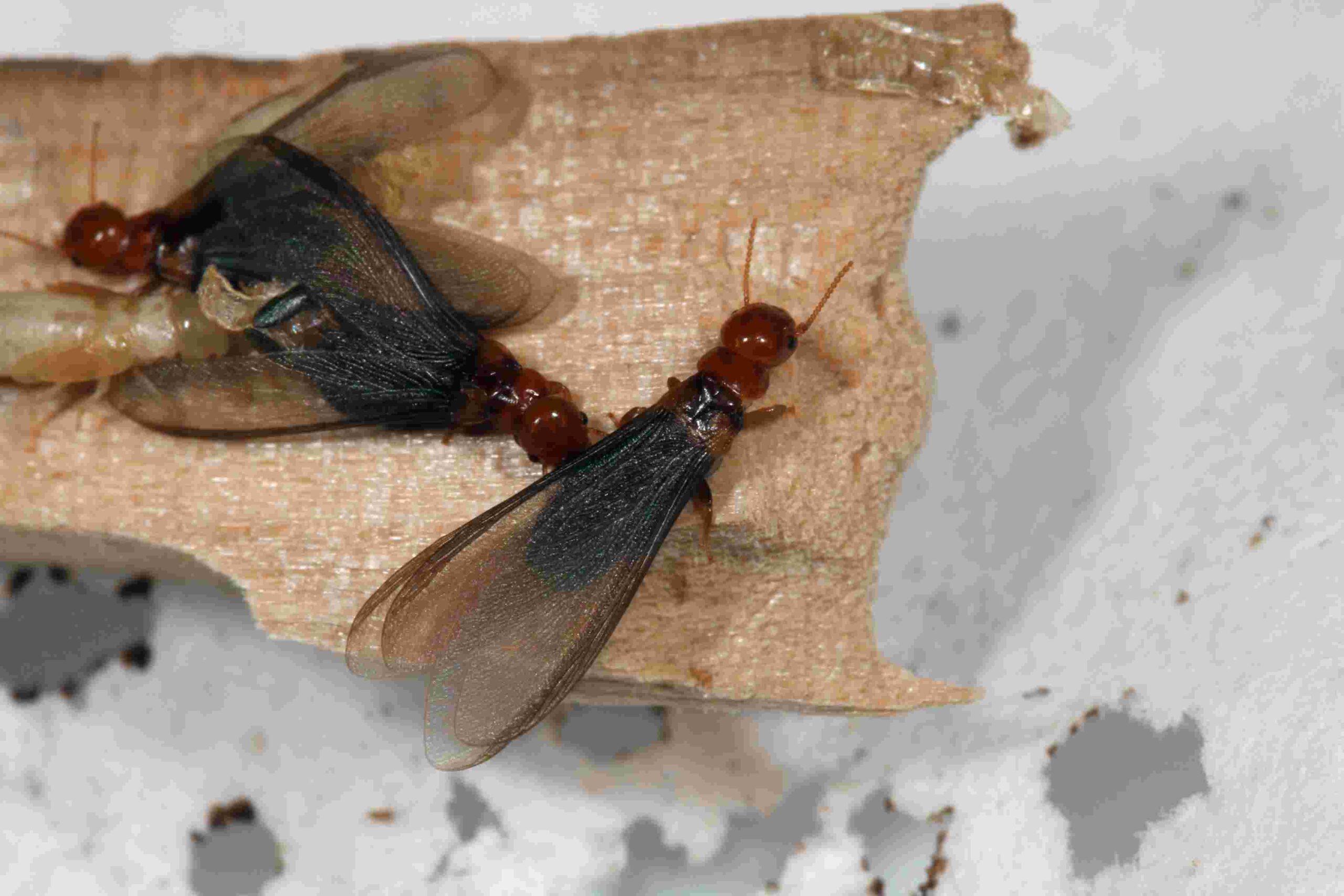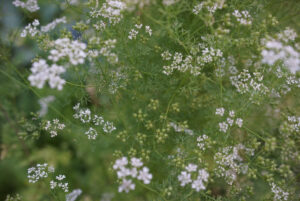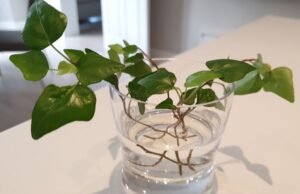
Introduction
Termites are notorious pests known for causing extensive damage to wooden structures and materials. However, several other insects bear a resemblance to termites, leading to potential confusion and misidentification. In this article, we’ll explore some bugs that look like termites but aren’t, highlighting their distinguishing features and habits to aid in accurate identification and pest control.
Carpenter Ants
Carpenter ants share some physical characteristics with termites, such as size and coloration, which can make them easily mistaken for termites at first glance. However, there are key differences in their behavior and habitat that set them apart. Unlike termites, which feed on wood cellulose, carpenter ants do not consume wood but instead excavate galleries for nesting. Additionally, carpenter ants have a narrow waist and elbowed antennae, whereas termites have a broad waist and straight, bead-like antennae. To differentiate carpenter ants from termites, it’s important to observe their behavior and inspect for signs of wood damage, such as sawdust-like frass.
Powderpost Beetles
Powderpost beetles are another group of insects that resemble termites in appearance and size. These wood-boring beetles can cause damage to wooden structures similar to termites but have distinct habits and life cycles. Unlike termites, which feed on wood cellulose directly, powderpost beetles lay eggs on the surface of wood, and their larvae tunnel into the wood to feed. The resulting damage often appears as fine, powdery frass, hence the name “powderpost” beetles. To differentiate powderpost beetles from termites, inspect the type of damage and look for exit holes in the wood, which are characteristic of powderpost beetle infestations.
Booklice
Booklice, despite their name, are not actually lice and are not closely related to termites. However, they share a similar appearance to termite workers, with small, pale bodies and soft, oval shapes. Booklice are commonly found in damp, humid environments, where they feed on mold, fungi, and organic matter. Unlike termites, which cause structural damage to wood, booklice are nuisance pests that do not feed on wood and are not destructive. To differentiate booklice from termites, inspect the environment for signs of moisture and mold growth, as booklice thrive in damp conditions.
Dampwood Termites
Dampwood termites are a species of termite that bear a resemblance to other termite species but have specific habitat preferences and behaviors. Like other termites, dampwood termites feed on wood cellulose, but they prefer moist environments and are often found infesting decaying wood or damp structural timbers. Dampwood termites are larger in size compared to other termite species and have a darker coloration. To distinguish dampwood termites from other termite look-alikes, it’s essential to identify the presence of moisture and decay in the affected wood.
Conclusion
In conclusion, several insects bear a resemblance to termites but have distinct characteristics and behaviors that set them apart. By understanding the differences between termites and their look-alikes, homeowners and pest control professionals can accurately identify and address infestations, leading to more effective pest management strategies. If unsure about pest identification, it’s always best to seek professional assistance to ensure proper treatment and control measures are implemented.


